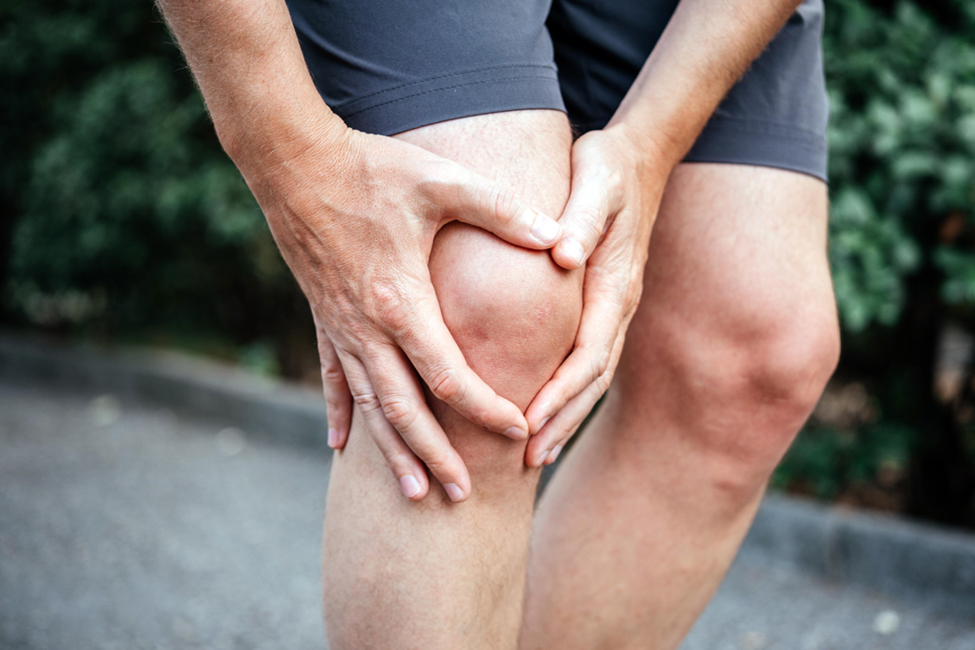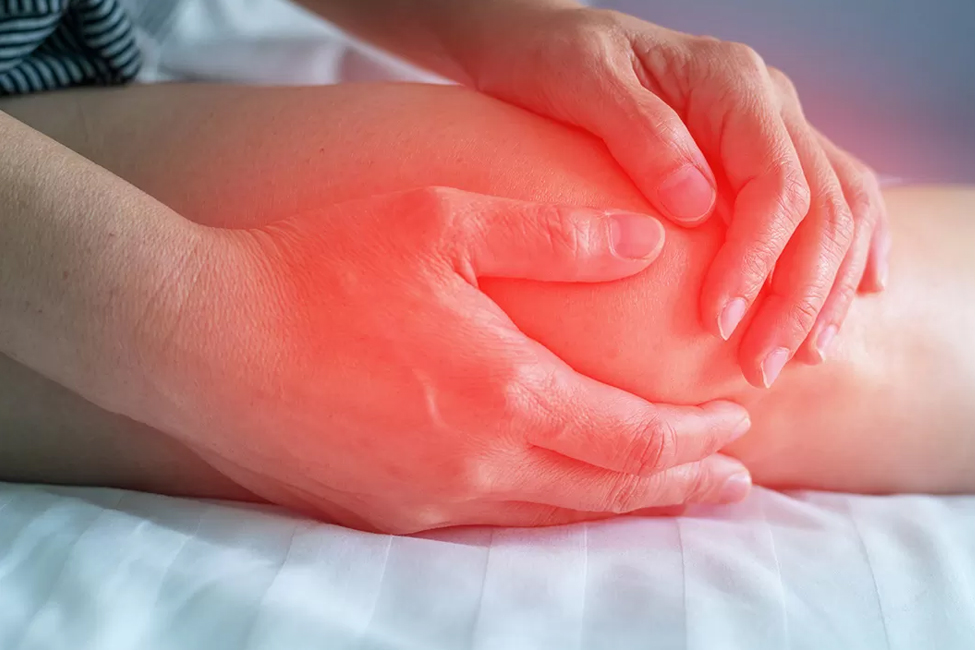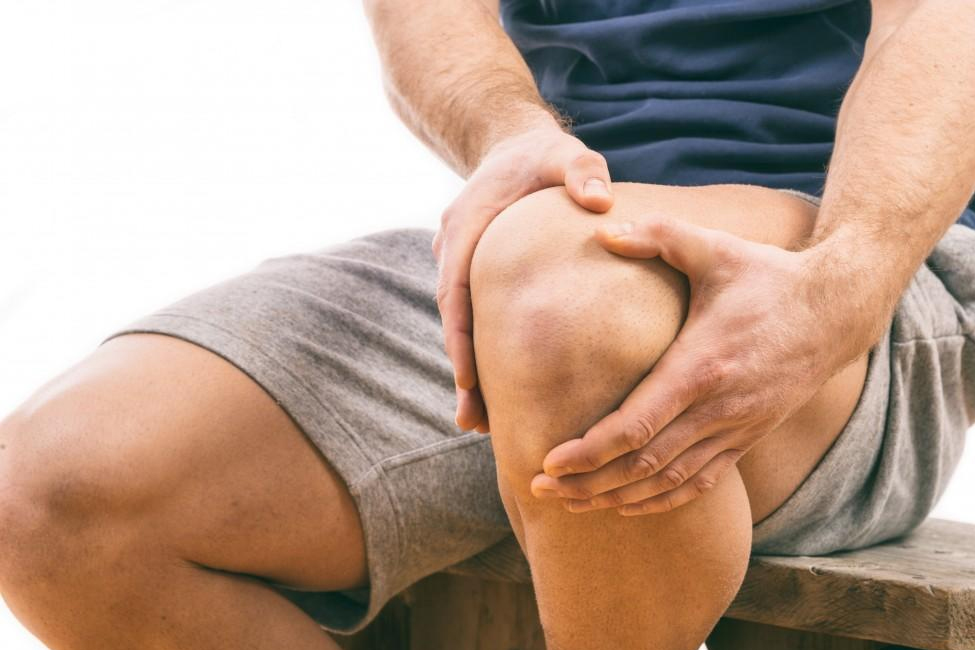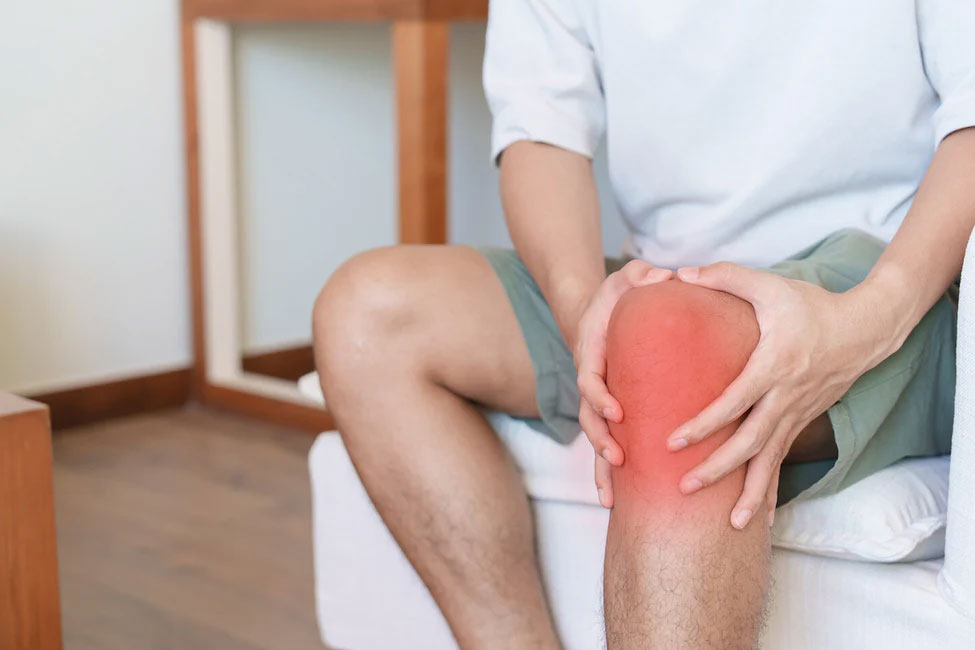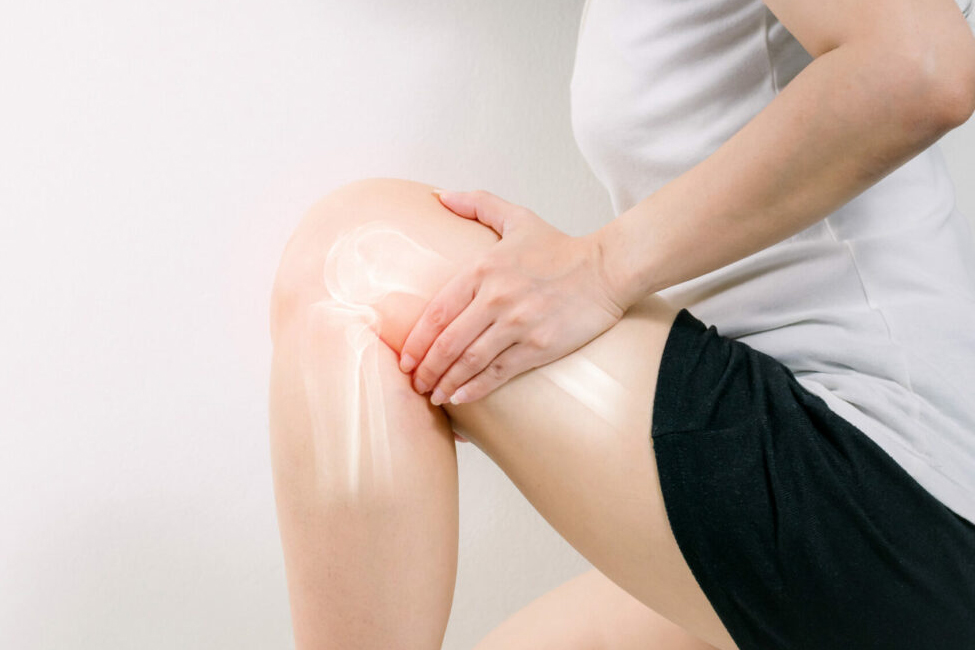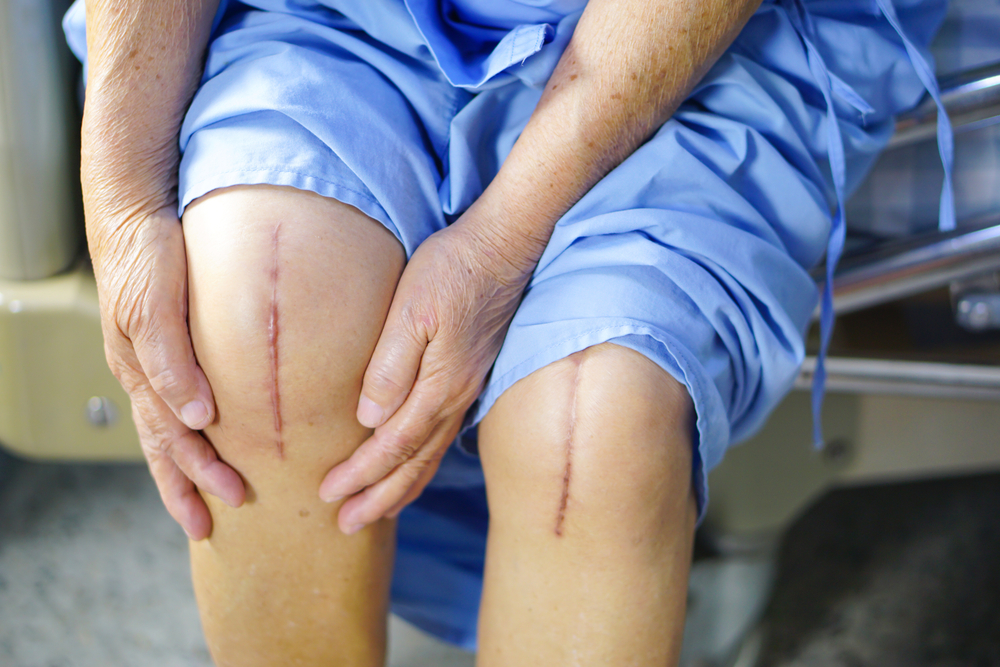The meniscus is a C-shaped cartilage structure in the knee joint, acting as a crucial shock absorber and stabiliser. Positioned between the thigh bone (femur) and the shinbone (tibia), the meniscus maintains knee stability and facilitates smooth joint movement.
A meniscus tear refers to the damage or rupture of the meniscus, often resulting from forceful twisting, sudden pivoting, or direct impact on the knee. It is one of the most prevalent knee injuries, affecting individuals of various ages and activity levels.
A meniscus tear refers to the damage or rupture of the meniscus, often resulting from forceful twisting, sudden pivoting, or direct impact on the knee. It is one of the most prevalent knee injuries, affecting individuals of various ages and activity levels.
Anatomy of the Knee
The knee is a complex hinge joint connecting the thigh bone (femur), shinbone (tibia), and kneecap (patella). These three bones work together to facilitate the range of motion in the lower extremities while providing support and stability to the entire leg.
The menisci, two wedge-shaped cartilage structures, are positioned between the femur and tibia. They are aptly described as C-shaped, forming a crucial part of the knee joint. Acting as shock absorbers, the menisci play a pivotal role in ensuring smooth articulation, minimising friction, and enhancing the knee’s stability during movement.
The menisci, two wedge-shaped cartilage structures, are positioned between the femur and tibia. They are aptly described as C-shaped, forming a crucial part of the knee joint. Acting as shock absorbers, the menisci play a pivotal role in ensuring smooth articulation, minimising friction, and enhancing the knee’s stability during movement.
Function of the Meniscus
The menisci are natural cushions within the knee, absorbing shocks and distributing forces generated during walking, running, and jumping. This cushioning function protects the articular cartilage and prevents excessive wear and tear on the joint.
Another critical function of the meniscus is to enhance the stability of the knee joint. By deepening the surface area for the femur to articulate with the tibia, the menisci contribute to the joint’s stability.
Additionally, they play a key role in evenly distributing the load or weight placed on the knee, preventing concentrated pressure points and ensuring that forces are distributed across the joint surfaces. This balanced distribution is vital for maintaining the health and longevity of the knee joint.
Additionally, they play a key role in evenly distributing the load or weight placed on the knee, preventing concentrated pressure points and ensuring that forces are distributed across the joint surfaces. This balanced distribution is vital for maintaining the health and longevity of the knee joint.
Causes of Meniscus Tears
A meniscus tear often results from activities that cause forceful twisting or rotating of the knee while bearing weight. Several causes can contribute to meniscus tears:
Sudden twisting or pivoting movements
Meniscus tears often result from the knee’s abrupt, forceful twisting or pivoting movements. These actions, particularly common during sports activities that involve rapid changes in direction, can place significant stress on the meniscus, leading to tears.
Impact injuries during sports or accidents
High-impact sports or accidents that involve direct blows to the knee can cause traumatic meniscus tears. The force generated during such incidents may exceed the meniscus’s capacity to withstand pressure, resulting in tearing or damage.
Gradual wear and tear with age
Degenerative meniscus tears often occur over time due to the natural ageing process. As individuals age, the meniscus may undergo wear and tear, gradually becoming more susceptible to tears. This is especially common in older adults.
Increased susceptibility in older individuals
The ageing process contributes to changes in the structure and composition of the meniscus, making it more prone to degenerative tears. Factors such as reduced blood flow to the menisci and diminished cartilage quality can increase the likelihood of tears in older individuals.
Obesity and excessive weight on the knee joint
Excess body weight places added stress on the knee joint, potentially leading to increased wear on the meniscus. Obesity can contribute to the development of meniscus tears, particularly in weight-bearing activities, due to the heightened load on the knee.
Pre-existing conditions like osteoarthritis
Individuals with pre-existing joint conditions, such as osteoarthritis, may have weakened and compromised menisci. The structural changes associated with arthritis can make the meniscus more vulnerable to tears, even with minimal trauma or stress on the knee joint. Understanding these contributing factors is crucial for both the prevention and targeted management of meniscus tears.
Symptoms of Meniscus Tears
Meniscus tears can cause a range of symptoms, and the severity of these symptoms can vary depending on the extent and location of the tear. Common symptoms associated with meniscus tears include:
Pain and Swelling
Meniscus tears typically cause pain along the joint line of the knee. The pain may be sharp or aching, depending on the severity and location of the tear. Patients often describe a localised discomfort that intensifies during activities that involve bending, twisting, or putting weight on the affected knee.
Swelling is a common symptom of meniscus tears and often occurs within the first 24 to 48 hours after the injury. The swelling may result from the body’s inflammatory response to the tear. The affected knee may appear visibly swollen, contributing to stiffness and limited range of motion.
Swelling is a common symptom of meniscus tears and often occurs within the first 24 to 48 hours after the injury. The swelling may result from the body’s inflammatory response to the tear. The affected knee may appear visibly swollen, contributing to stiffness and limited range of motion.
Limited Range of Motion
Meniscus tears can lead to restrictions in the normal range of motion of the knee. Individuals may experience difficulty fully extending or bending the knee, particularly during activities requiring flexion. This limitation in motion can significantly impact daily activities and hinder athletic performance.
Some individuals with meniscus tears report a sensation of the knee “locking” or getting stuck in a certain position. This feeling is often associated with a torn piece of the meniscus interfering with the joint’s smooth movement. It may require manual manipulation to unlock the knee and regain mobility.
Some individuals with meniscus tears report a sensation of the knee “locking” or getting stuck in a certain position. This feeling is often associated with a torn piece of the meniscus interfering with the joint’s smooth movement. It may require manual manipulation to unlock the knee and regain mobility.
Popping or Clicking Sensation
Meniscus tears can be accompanied by audible sounds, such as popping or clicking, especially during movements that involve bending or straightening the knee. These sounds may indicate the torn edges of the meniscus catching or rubbing against each other or other structures within the joint.
Sensations of popping or clicking, along with a feeling of instability, are often reported by individuals with meniscus tears. These symptoms can vary in intensity and may be more noticeable during specific activities that stress the knee joint. Seeking medical evaluation for persistent symptoms is crucial for accurate diagnosis and appropriate management of meniscus tears.
Sensations of popping or clicking, along with a feeling of instability, are often reported by individuals with meniscus tears. These symptoms can vary in intensity and may be more noticeable during specific activities that stress the knee joint. Seeking medical evaluation for persistent symptoms is crucial for accurate diagnosis and appropriate management of meniscus tears.
Diagnosis of Meniscus Tears
Accurate diagnosis is crucial for developing an effective treatment strategy for meniscus tears. Clinical examination combined with imaging tests allows orthopaedic specialists to comprehensively assess the extent of the injury and tailor treatment plans to each individual’s specific condition.
Clinical Examination by an Orthopaedic Specialist
Orthopaedic specialists conduct a thorough physical examination to assess the overall function and stability of the knee joint. This may involve evaluating the range of motion, joint stability, and any signs of inflammation or swelling. The specialist may also inquire about specific activities that exacerbate or alleviate symptoms.
Orthopaedic specialists employ specific diagnostic tests to assess the likelihood of meniscus tears. These may include the McMurray test, Apley’s compression test, and Thessaly test. These tests involve manipulating the knee joint in controlled ways to provoke symptoms or elicit signs indicative of a meniscus tear.
Orthopaedic specialists employ specific diagnostic tests to assess the likelihood of meniscus tears. These may include the McMurray test, Apley’s compression test, and Thessaly test. These tests involve manipulating the knee joint in controlled ways to provoke symptoms or elicit signs indicative of a meniscus tear.
Imaging Tests
Magnetic Resonance Imaging (MRI) is a valuable imaging tool for diagnosing meniscus tears, providing detailed images of the soft tissues within the knee, including the menisci. An MRI can reveal the tear’s location, size, and severity, helping orthopaedic specialists formulate an appropriate treatment plan.
While X-rays do not directly visualise the meniscus, they are often conducted to rule out other potential causes of knee pain, such as fractures or arthritis. X-rays can capture images of the bones in the knee, aiding in identifying any structural abnormalities or signs of joint degeneration.
While X-rays do not directly visualise the meniscus, they are often conducted to rule out other potential causes of knee pain, such as fractures or arthritis. X-rays can capture images of the bones in the knee, aiding in identifying any structural abnormalities or signs of joint degeneration.
Treatment Options
Conservative treatments and surgical options offer a spectrum of approaches for managing meniscus tears. The choice between these strategies depends on the severity of the tear, the patient’s overall health, and the specific treatment goals. Individuals with meniscus injuries should consult with their healthcare providers to determine the suitable course of action for their condition.
Conservative Treatments
Rest and Ice
- Initiating a rest period is paramount to allow the injured meniscus to heal. Temporarily avoiding activities that exacerbate pain, such as excessive bending or knee twisting, promotes the natural healing process.
Ice therapy is an effective method for managing swelling associated with meniscus tears. Applying ice to the affected area helps constrict blood vessels, reducing inflammation and providing relief. This can be done in regular intervals during the initial stages of injury.
Compression and Elevation
- Compression bandages provide stability and support to the injured knee, helping to minimise swelling and protect the meniscus.
- Properly applied compression can aid in controlling inflammation and promoting a conducive environment for healing.
- Elevating the leg helps reduce fluid accumulation in the knee joint, decreasing swelling. Keeping the leg elevated, especially during rest periods, facilitates the drainage of excess fluids and contributes to the overall management of meniscus tears.
Physical Therapy
- Physical therapy plays a crucial role in the conservative management of meniscus tears. Targeted exercises focus on strengthening the muscles around the knee, enhancing joint stability, and supporting overall knee function. Strengthening these muscles helps alleviate stress on the meniscus.
- Physical therapists design exercises to improve joint flexibility and stability. This includes stretching and mobility exercises to restore a normal range of motion and prevent stiffness associated with meniscus injuries.
Surgical Options
Arthroscopic Meniscus Repair
- Arthroscopic meniscus repair is a minimally invasive surgical technique involving a small camera (arthroscope) and specialised instruments to address meniscus tears. This approach reduces surgical trauma, promotes quicker recovery, and allows for direct visualisation of the torn meniscus.
- During arthroscopic repair, the orthopaedic surgeon may either suture the torn meniscus edges together or trim away the damaged portion, depending on the size, location, and type of tear.
Meniscectomy
- Meniscectomy involves surgically removing the damaged part of the meniscus. This procedure may be partial, where only the torn section is removed, or total, in cases where a significant portion of the meniscus is damaged and cannot be preserved.
- The decision between partial and total meniscectomy depends on the extent of the tear and the preservation of as much healthy meniscal tissue as possible to maintain knee function and stability. Orthopaedic surgeons carefully evaluate each case to determine the appropriate surgical approach.
Recovery and Rehabilitation
Whether managed conservatively or through surgical intervention, a structured rehabilitation program is pivotal in optimising healing, rebuilding strength, and regaining flexibility.
Post-operative Care
Following surgical intervention, a structured rehabilitation timeline is essential for optimal recovery. Orthopaedic specialists and physical therapists outline specific milestones, including when weight-bearing activities can resume and when specific movements are permitted.
Post-operative restrictions, such as avoiding excessive stress on the knee, are crucial for preventing complications and ensuring the procedure’s success.
Post-operative restrictions, such as avoiding excessive stress on the knee, are crucial for preventing complications and ensuring the procedure’s success.
Gradual return to normal activities and sports
The recovery process involves gradually reintroducing normal activities and, if applicable, sports participation. Physical therapists guide patients through a phased rehabilitation program, focusing on rebuilding strength, improving flexibility, and enhancing overall knee function.
Returning to sports is carefully managed to minimise re-injury risk and ensure a triumphant return to pre-injury activity levels.
Returning to sports is carefully managed to minimise re-injury risk and ensure a triumphant return to pre-injury activity levels.
Prevention
While it’s not always possible to prevent meniscus tears, especially those resulting from traumatic injuries, specific measures can reduce the risk of developing this knee condition. Here are some preventive strategies:
Proper Warm-up and Stretching
Preventing meniscus tears begins with a proper warm-up routine. Adequate warm-up prepares the knee joint for physical activity by increasing blood flow, raising core body temperature, and improving joint flexibility. This helps reduce the risk of injury during subsequent activities.
Dynamic stretching involves controlled movements that take joints and muscles through a full range of motion. Incorporating dynamic stretches into a warm-up routine helps enhance flexibility and coordination, providing added protection to the knee joint during physical activities.
Dynamic stretching involves controlled movements that take joints and muscles through a full range of motion. Incorporating dynamic stretches into a warm-up routine helps enhance flexibility and coordination, providing added protection to the knee joint during physical activities.
Strengthening Exercises
Strengthening the muscles surrounding the knee is a key component of preventing meniscus injuries. Targeted exercises, such as leg presses, squats, and lunges, help build strength in the quadriceps, hamstrings, and calf muscles. A strong support system of muscles contributes to better knee stability and protection.
A holistic approach to prevention involves maintaining a balanced fitness routine that addresses overall joint health. Activities like swimming, cycling, low-impact exercises, and strength training promote joint flexibility and reduce knee strain. Cross-training and varying workout routines can help prevent overuse injuries.
A holistic approach to prevention involves maintaining a balanced fitness routine that addresses overall joint health. Activities like swimming, cycling, low-impact exercises, and strength training promote joint flexibility and reduce knee strain. Cross-training and varying workout routines can help prevent overuse injuries.
Importance Of Early Intervention
The importance of early intervention cannot be overstated. Timely consultation with a healthcare provider allows for a precise diagnosis and the implementation of effective strategies for recovery and rehabilitation. Whether the recommended approach involves conservative measures, such as physical therapy and lifestyle modifications, or more modern interventions like surgical procedures, professional guidance ensures that the chosen path aligns with the specific nature and severity of the meniscus tear.
Remember that every individual and every meniscus tear is unique. Professional advice helps understand the extent of the injury and facilitates the development of a comprehensive rehabilitation plan tailored to your needs. By actively participating in the recovery process under healthcare professionals’ guidance, you can maximise the chances of regaining full function, reducing pain, and preventing long-term complications.
Remember that every individual and every meniscus tear is unique. Professional advice helps understand the extent of the injury and facilitates the development of a comprehensive rehabilitation plan tailored to your needs. By actively participating in the recovery process under healthcare professionals’ guidance, you can maximise the chances of regaining full function, reducing pain, and preventing long-term complications.

